How does car paint work?
On By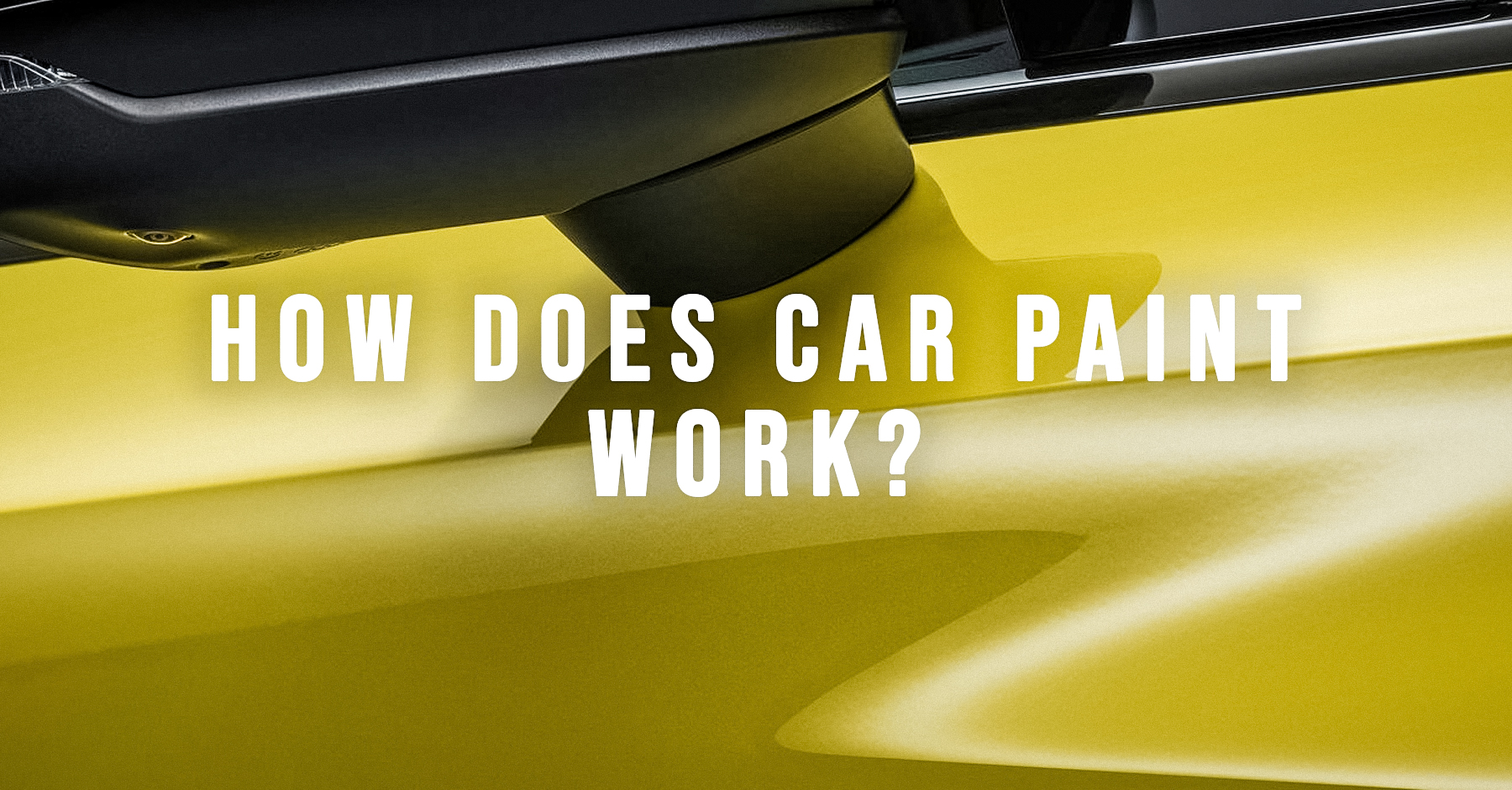
The world of car paints can be a confusing one. They come in hundreds of different colours, shades and textures so its easy to lose your way.
In this article, we’ll explain how car paints work, how cars are painted and what the differences are between styles such as solid, metallic and pearlescent.
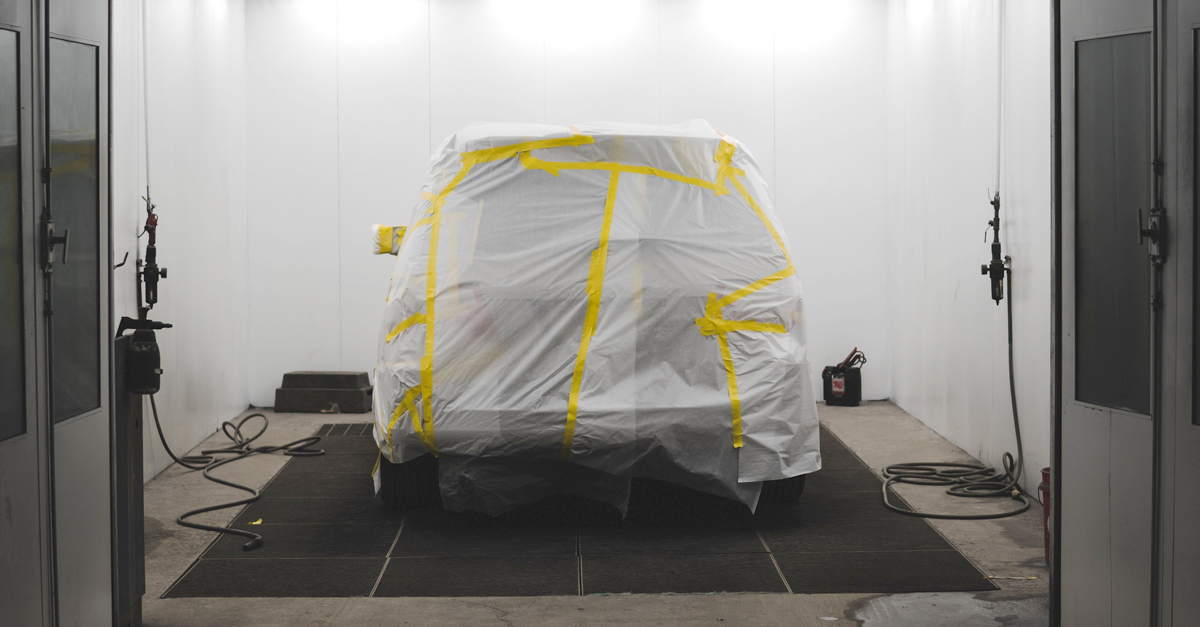
How are cars painted?
As you probably know, cars aren’t painted with a pot and brush. Instead, an electrostatic spray gun is used to make sure that an even coat of paint is applied to the vehicle.
This works by having positively charged paint particles that attract to the negatively charged vehicle. As the paint is sprayed, the particles spread apart from each other and create a fine mist due to the fact they share the same charge – this helps to speed up the painting process.
Using opposite charges means that even if the paint being sprayed narrowly misses its target, the particles can change direction to land on the vehicle, reducing wasted paint.
The painting process begins with a base coat being applied to the temporarily assembled aluminium/steel vehicle surface in a temperature-controlled facility. The metal surfaces of the car are washed extensively before the process begins to ensure there is no contamination from grease or oils.
A process called priming is also undergone before the base coat of paint is applied. This involves dipping the, now cleaned, metal surfaces into a ‘bath’ of rust inhibitors that help fill in imperfections at a microscopic level.
After priming, the base coat is ready to be applied which establishes the colour of the car but this doesn’t have the strength to withstand UV and chemical damage on its own.
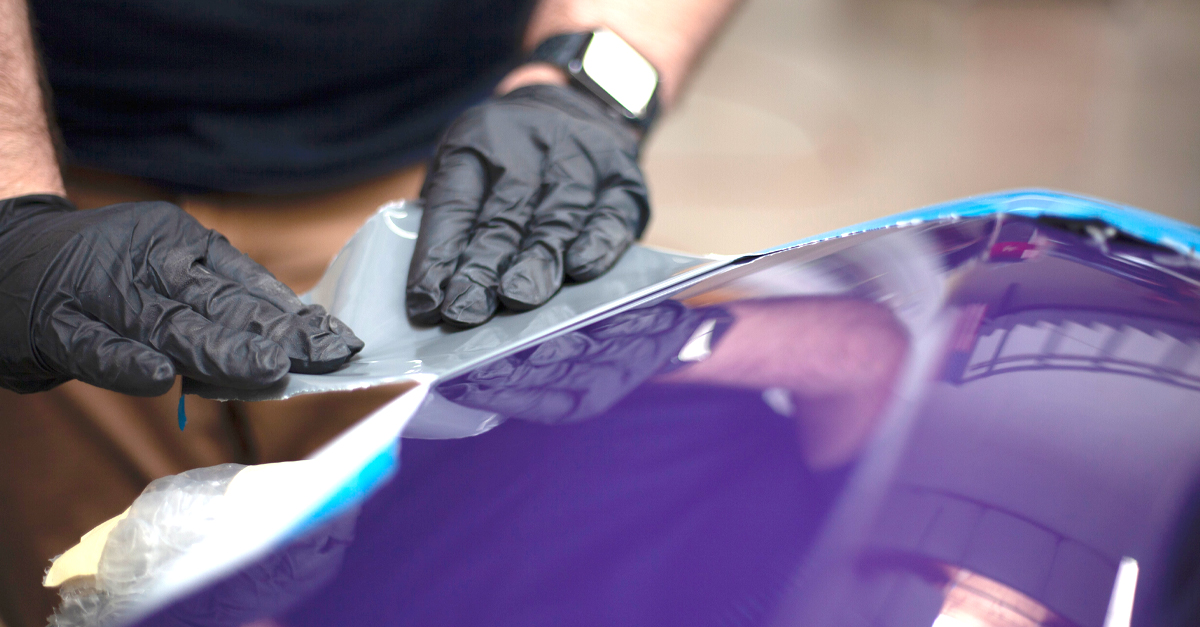
A clear coat of UV-resistant paint is added to not only provide protection but to also give a glossy finish to the vehicle.
After the coats have been applied, the paint must be ‘corrected’ in order to give the car its finished shine. Before correction, the paint on the car’s surface will resemble an ‘orange peel’ texture where the paint hasn’t levelled out completely.
The correction process involves using machines that rub abrasive liquids into the final clear coat. These polishes wear down the textures to create a levelled surface that reflects light more uniformly – this is what gives the paint its glossy reflections.
Matte paints can’t be polished using these techniques and need more frequent maintenance to maintain.
What is automotive paint?
Automotive paint has developed greatly over the years. The paint used on cars today needs to not only be aesthetically pleasing but it also needs to be durable enough to withstand the elements.
A polyurethane-based enamel is what’s used to make sure that the paint can protect the surface of the car. Depending on the paint, either one or more coats will be necessary to provide the required look and protection.
Car paint styles
As previously mentioned, the base coat of paint is what establishes the car’s colour. This base coat can come in various styles and finishes.
Below is a quick summary of the different available styles. If you want a more detailed breakdown, please refer to our previous article here.
Solid paint
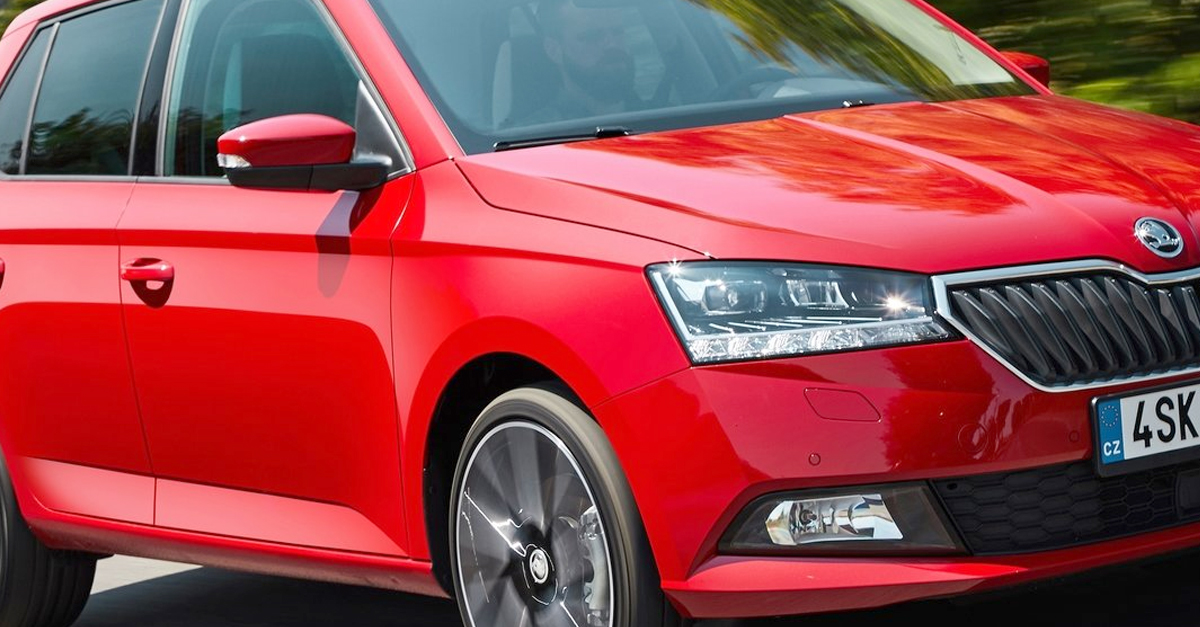
Solid paint tends to be the entry-level free paint option on most models. It only consists of pigments and doesn’t have any additional visual enhancers in the paint.
Repairs to a car with solid paint are relatively quick and easy, given the simple application of the paint.
Metallic paint
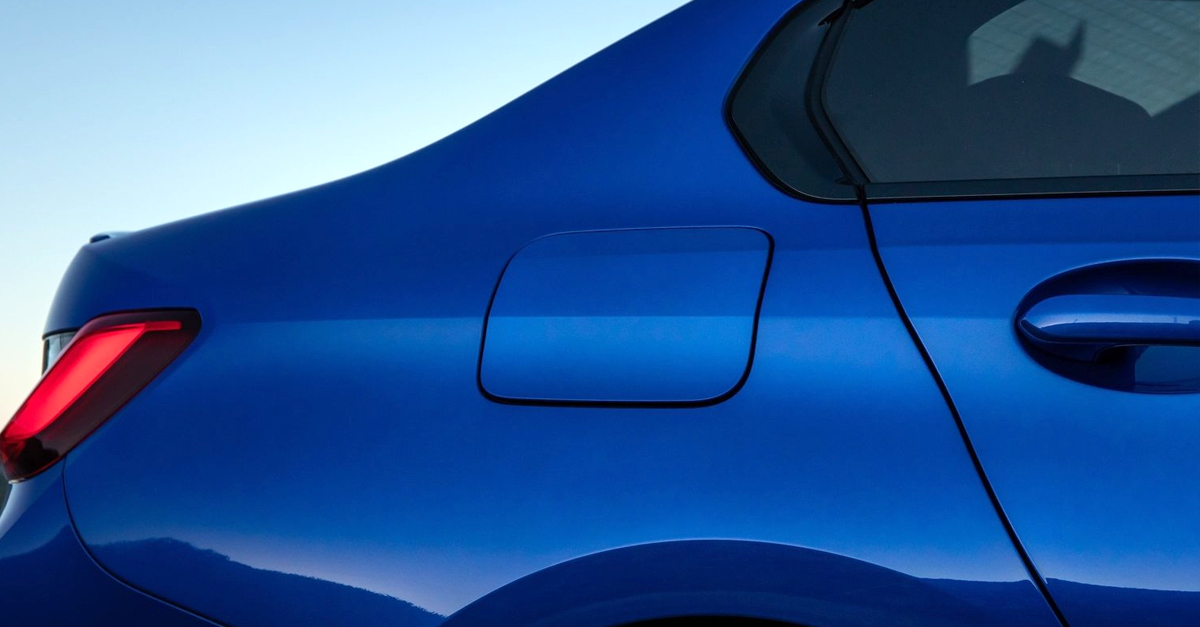
Metallic paint tends to be a cost option on all but high-end vehicles and offers a wide range of colours.
When metallic paint is created, a very fine aluminium powder is added to the mixture that gives the paint a distinct shine and deeper colour.
Repairing metallic paint is a little more complicated than fixing solid paint because it's harder to match the original colour.
Pearlescent paint
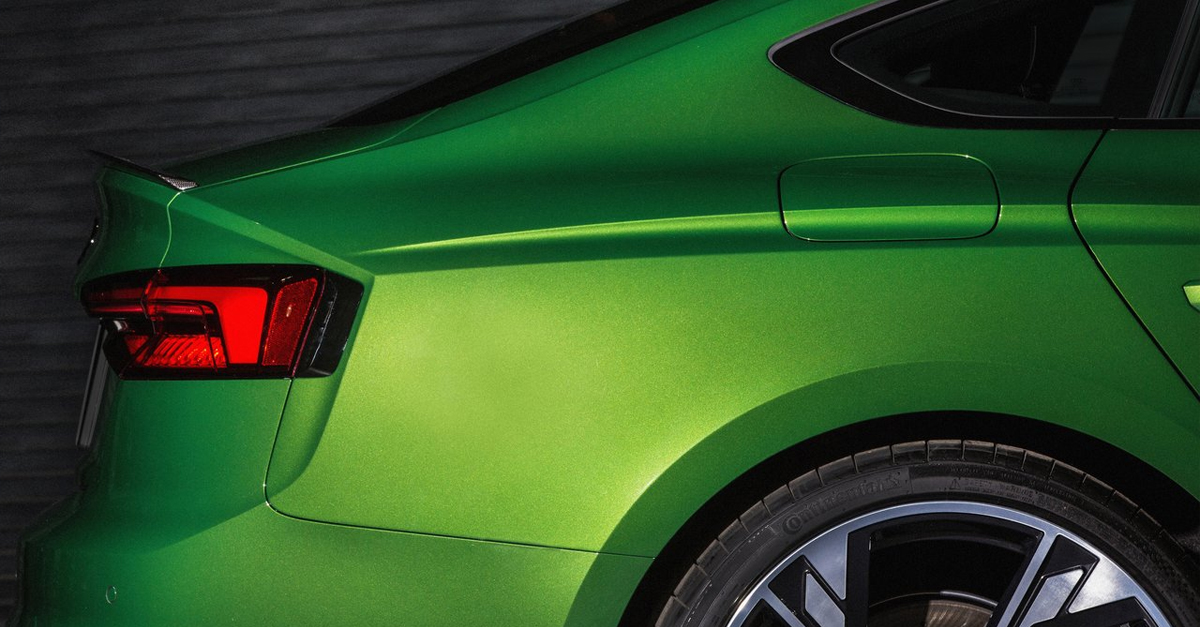
Pearlescent paint (also known as Mica paint) is a cost option on most vehicles.
Making pearlescent paint is a similar process to making metallic paint, but rather than using aluminium powder, ceramic crystals are added to the mixture instead. This results in a colour that changes depending on how you look at the car, due to the crystals refracting the light – essentially splitting the light into different colours.
Matte paint
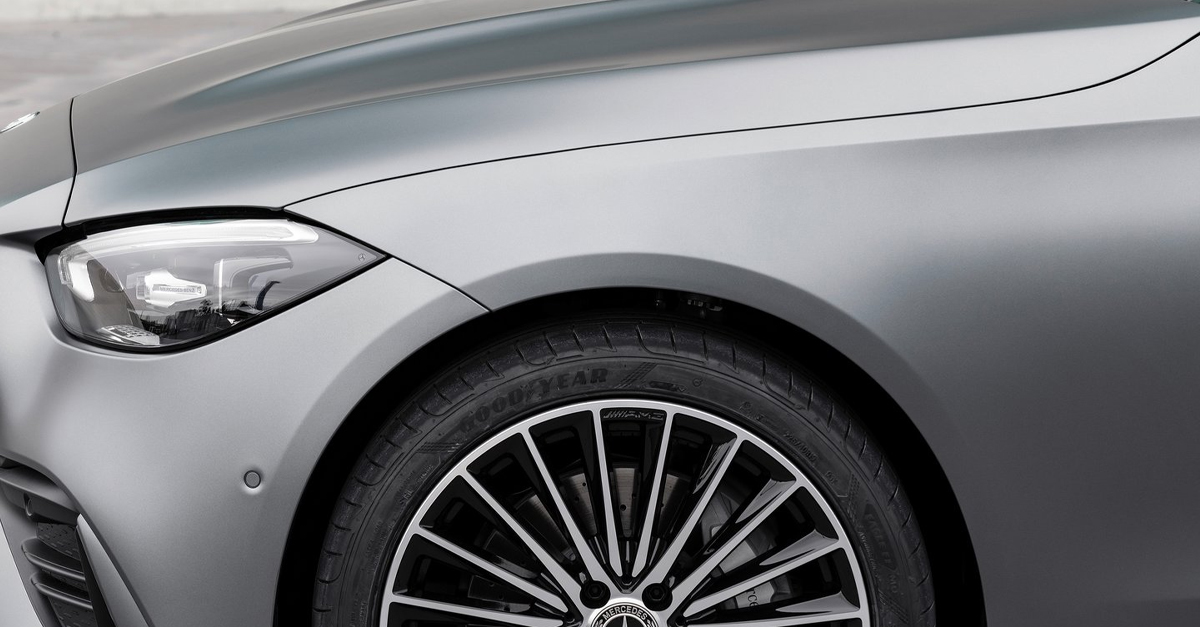
Matte paint is a much rarer paint option, with the most common colours coming in black or grey.
Matte paint is created by adding a flattening agent to a clear-coat solution and applying it over a solid paint. This leaves a flat, non-shiny finish that looks appealing on premium cars.

